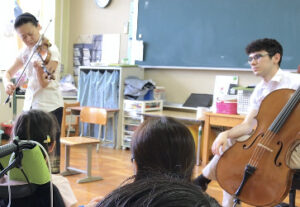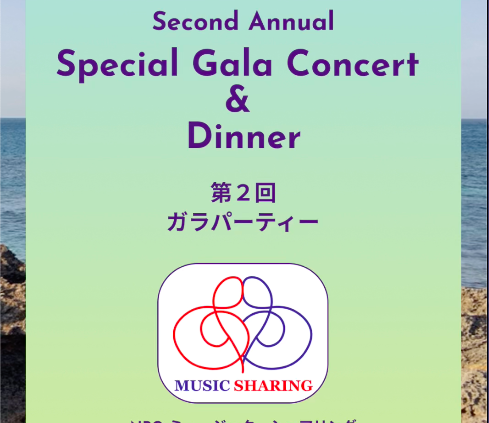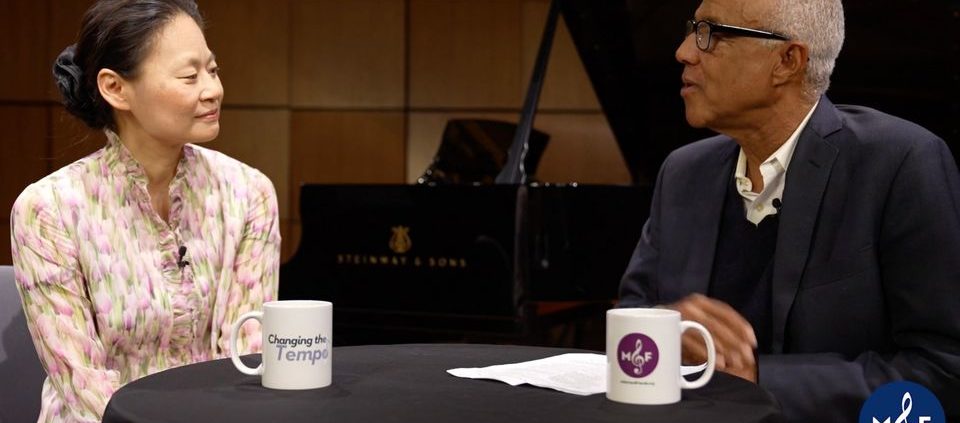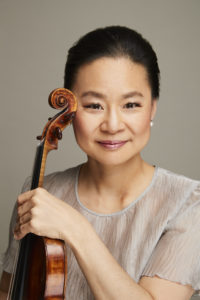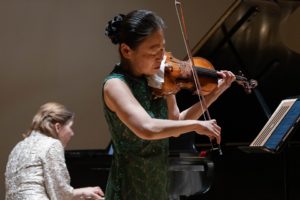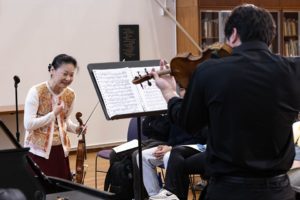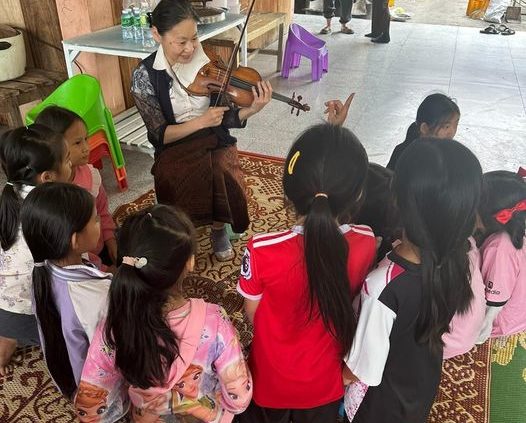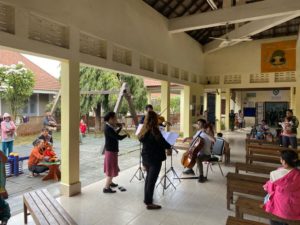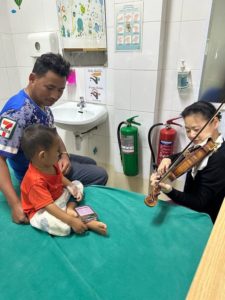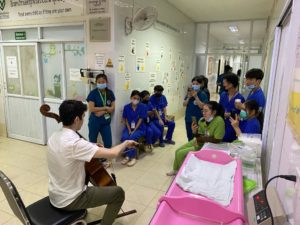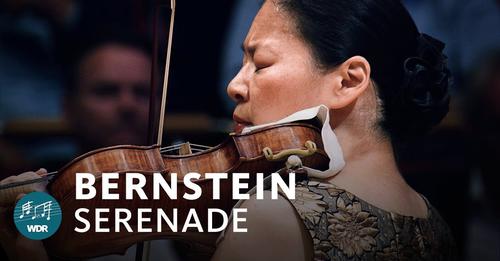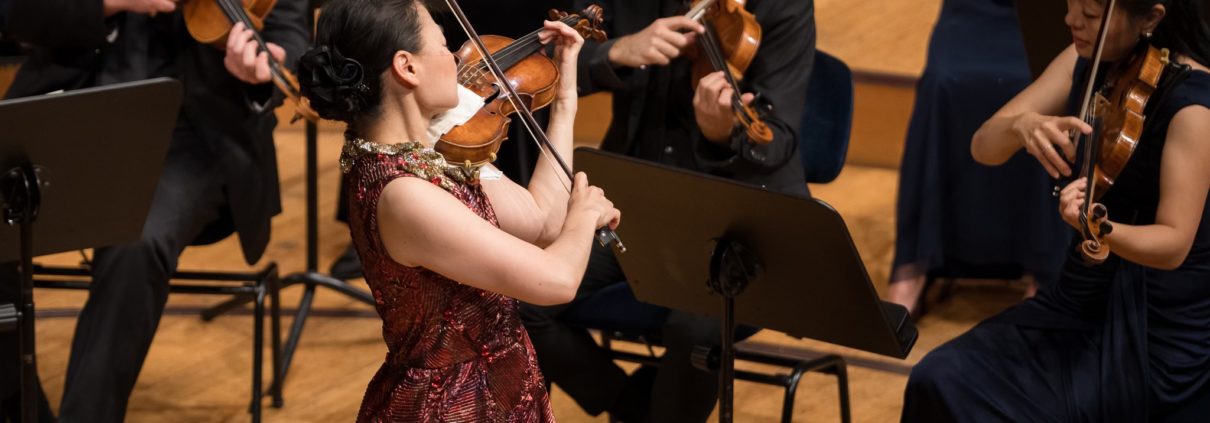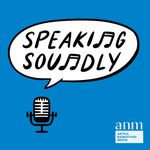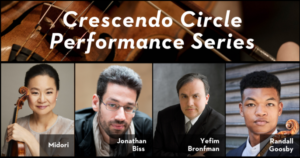2024 Orchestra Residencies Programs inspire hundreds of young musicians
Midori’s most recent Orchestra Residencies Programs took place in Amarillo, Texas in March and in Toledo Ohio in May of this year.
In Amarillo, Midori and her ORP assistant, Clara Kim, worked with members of four orchestras at different levels of age and experience. They gave workshops including advising students on how to practice, to prepare for auditions and to approach college applications. They gave masterclasses, took part in orchestra rehearsals, visited local schools and spoke with educators.
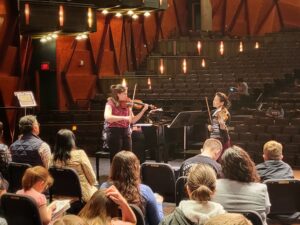
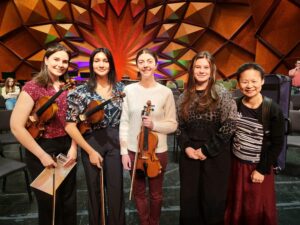

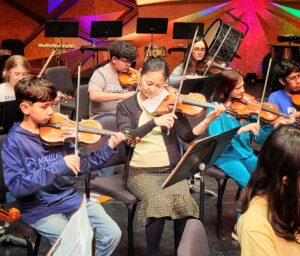
In Toledo, which had three levels of ensembles, Midori gave Arts Advocacy lectures at a number of local schools and led discussions with students and parents. She also led a seminar for music teachers and arts supporters. There were masterclasses and workshops that included coaching of chamber ensembles. A seminar with area educators and arts supporters examined how best to encourage and inspire youth.
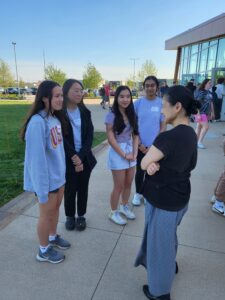
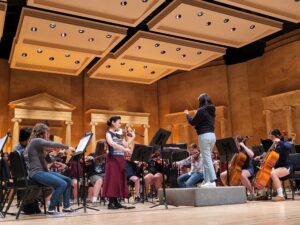
Both ORPs culminated in concerts in which, among other works, Midori performed Derek Bermel’s Spring Cadenzas, a newly commissioned piece for ORP. Prior to the residencies, the participating students had been able to meet online with Mr Bermel to hear more about him and his compositional process and to share any music that they may have composed themselves.

